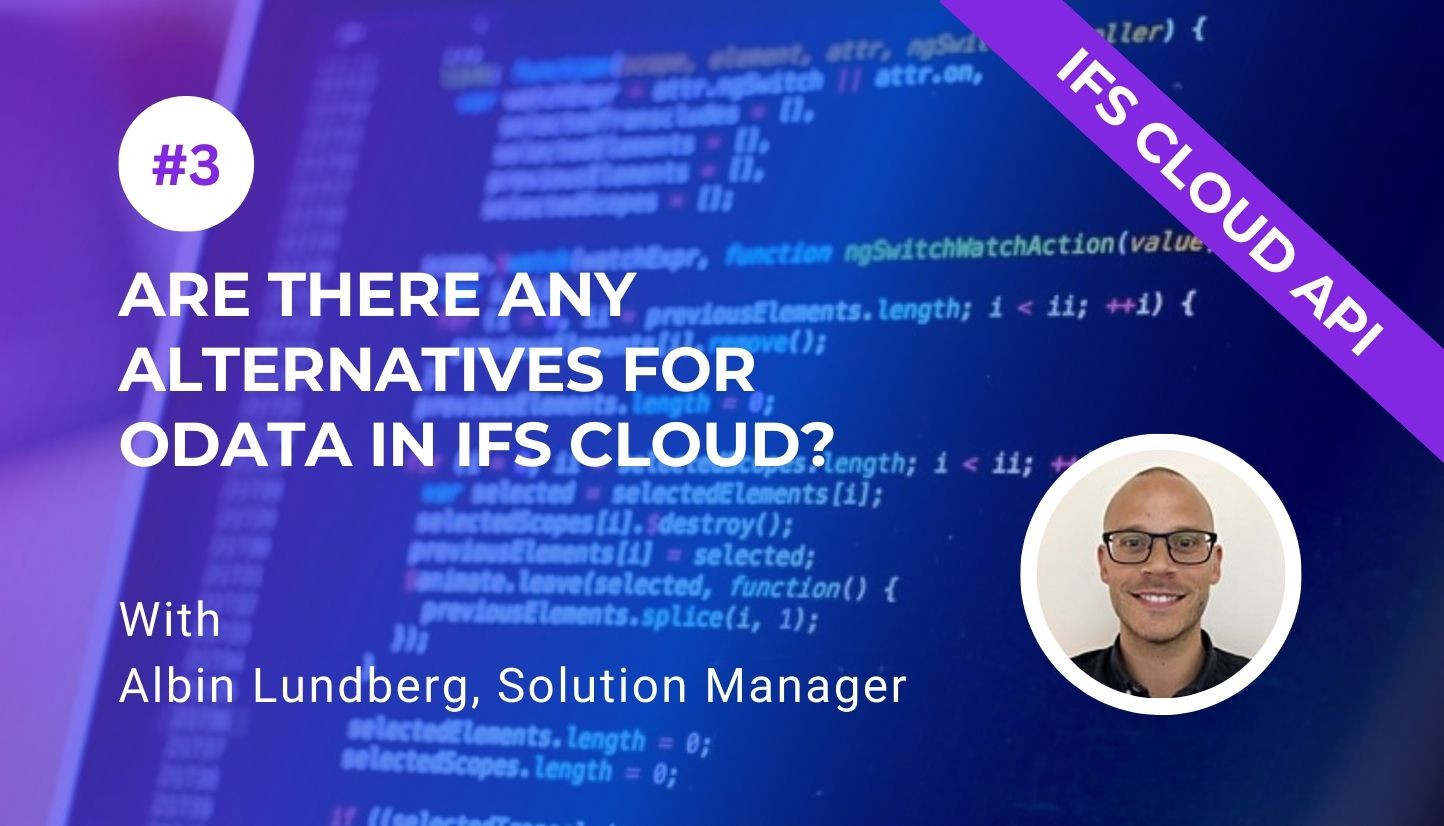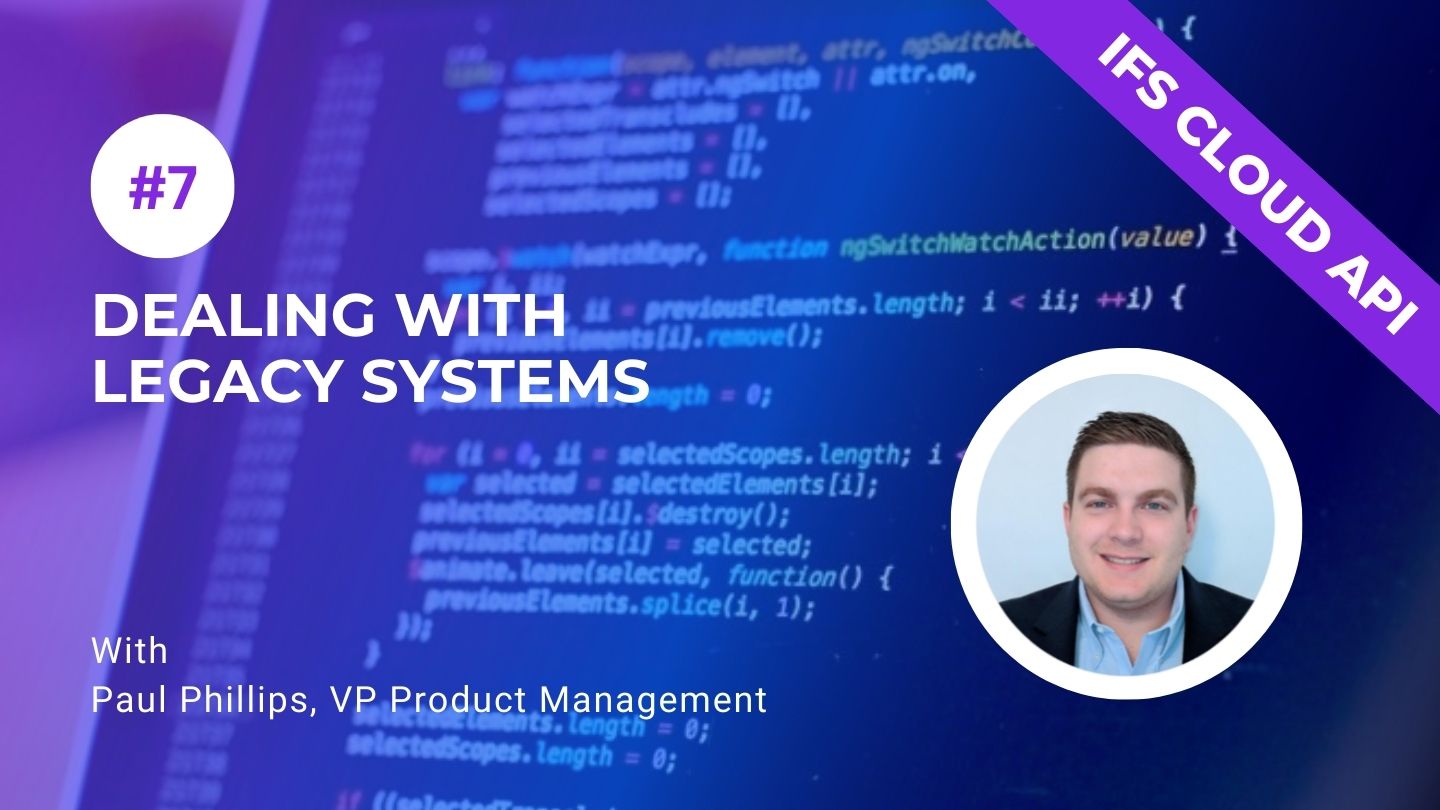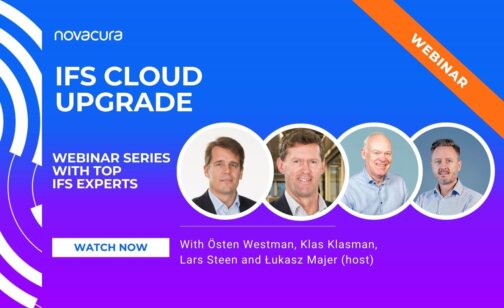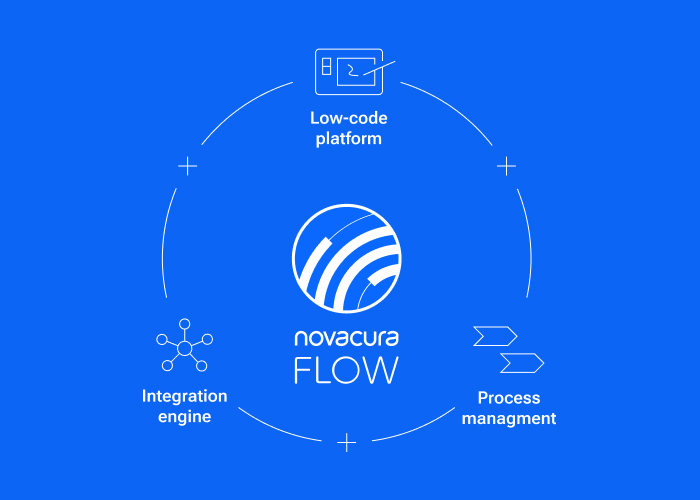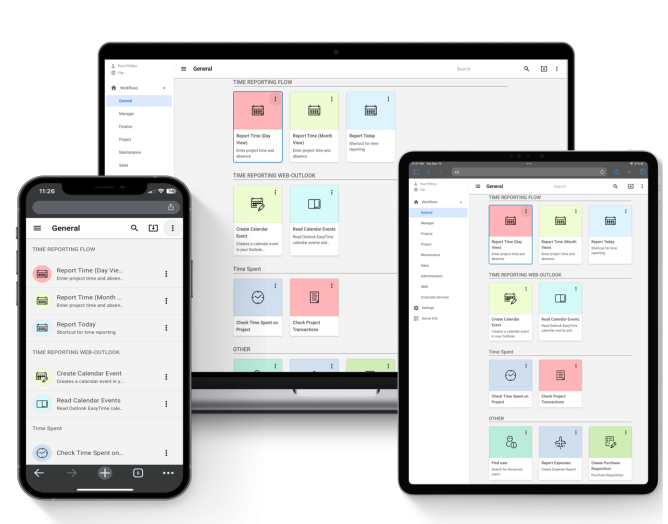 July 10, 2025
July 10, 2025  13 min to read
13 min to read Selecting the right ERP system is one of the most critical decisions your organization will make. With countless options available and significant investments at stake, understanding the key ERP selection criteria can make the difference between a successful implementation and a costly failure. This comprehensive guide will walk you through the essential factors to consider during your ERP software selection process.
What is ERP?
Enterprise Resource Planning (ERP) is business management software that integrates core business processes into a unified system. ERP software combines accounting, operations, human resources, supply chain management, and other critical functions into one comprehensive platform. This integration enables organizations to streamline workflows, improve data accuracy, and gain real-time visibility across all business operations.
ERP Selection Process
The ERP selection process is a structured approach to evaluating and choosing the right enterprise software for your organization. Typically, this approach includes several essential stages:
- Requirements Gathering: Clearly outline your business needs, current challenges, and future goals.
- Market Research: Explore potential ERP vendors and solutions matching your industry and business scale.
- Vendor Evaluation: Conduct thorough assessments of each ERP software option, including demos, reference checks, and detailed functionality reviews.
- Selection Decision: Evaluate candidates against predefined criteria, then select the optimal ERP solution.
- Implementation Planning: Once you’ve chosen your ERP system, develop a comprehensive implementation strategy with your selected partner.
How to Choose an ERP System: Top 10 Selection Criteria
1. Business Fit
The functional fit between your organization and the ERP software is the most crucial factor in your selection process.
Key considerations for business fit include:
- Current system limitations: Identify what’s outdated or inefficient in your existing processes
- Manual process automation: Determine which time-consuming tasks could be streamlined
- Reporting and visibility gaps: Assess areas where you lack real-time business intelligence
- ERP Integration: Evaluate how it will connect with your existing software ecosystem
To properly assess business fit, facilitate internal discussions with key stakeholders across departments. Create a detailed requirements document that prioritizes must-have features versus nice-to-have functionality. This document should have buy-in from IT leadership and executive teams to ensure alignment throughout the ERP selection criteria evaluation.
2. Total Cost
Understanding the complete financial picture is essential when selecting an ERP system. The total cost of ownership (TCO) extends far beyond the initial software licensing fees and includes both direct and indirect expenses.
Direct costs to consider:
- Software licensing based on user count and modules
- Implementation consulting fees
- Hardware requirements (if applicable)
- Cloud hosting and infrastructure
- Training and change management
- Ongoing maintenance and support
Return on Investment (ROI) factors:
- Cost savings through improved inventory management
- Reduced manual labor and increased efficiency
- Technology consolidation and reduced software footprint
- Enhanced customer service capabilities
- Faster financial close processes
Most modern ERP solutions operate on a Software as a Service (SaaS) model with monthly subscription pricing. However, implementation costs are typically billed hourly based on project scope and complexity. Factor in both immediate expenses and long-term value when making your ERP software selection decision.
3. Industry Experience
Industry-specific expertise can significantly impact your ERP implementation success. Some ERP solutions are optimized for particular sectors like manufacturing, distribution, or professional services, offering specialized functionality that generic systems may lack.
Evaluate industry experience in two key areas:
ERP Vendor Industry Focus:
- Does the software include industry-specific modules and features?
- How many clients in your sector use this ERP system?
- What industry-specific compliance requirements does the system address?
Implementation Partner Expertise:
- Has your consulting partner successfully implemented this ERP in your industry?
- Do they understand your sector’s unique challenges and regulations?
- Can they provide relevant references and case studies?
Choosing an ERP system with strong industry experience reduces implementation risk and ensures the solution can adapt to your sector’s specific needs and regulatory requirements.
4. Technology & Integrations
Modern ERP systems must seamlessly integrate with your existing technology stack while providing the flexibility to adapt to future needs. Learn more about ERP system capabilities in IFS Cloud integration, which illustrates how a modern ERP platform connects and scales across different business applications. The technology foundation of your chosen ERP will impact everything from user adoption to system performance.
Essential technology features include:
- User-friendly interface: Intuitive design that promotes user adoption
- Integration capabilities: APIs and connectors for third-party systems
- Mobile accessibility: Support for remote and mobile workforce
- Business intelligence tools: Built-in reporting and analytics capabilities
- Data security: Robust security measures and compliance features
- System performance: Reliable uptime and fast response times
- Customization options: Ability to modify workflows and processes
Evaluate how well each ERP software system option integrates with your current systems, including CRM platforms, e-commerce solutions, warehouse management systems, and specialized industry applications.
5. Implementation Planning
A successful ERP implementation requires careful planning, experienced guidance, and strong project management. The implementation approach can significantly impact your project timeline, budget, and ultimate success.
Key implementation considerations:
Project Timing:
- Is your organization ready for this level of change?
- Are there seasonal or business cycle considerations?
- Do you have adequate internal resources available?
Implementation Methodology:
- Does your partner follow a proven implementation framework?
- What project management tools and communication processes will be used?
- How will testing, training, and go-live activities be managed?
Internal Resources:
- Do you have executive sponsorship and support?
- Are key stakeholders available to participate in the project?
- What change management strategies will ensure user adoption?
Choose an implementation partner with a structured methodology, relevant experience, and a track record of successful ERP deployments in organizations similar to yours.
Why ERP implementations fail?
- Set the ERP implementation team
- Create an effective change management plan
- Communicate with diverse groups
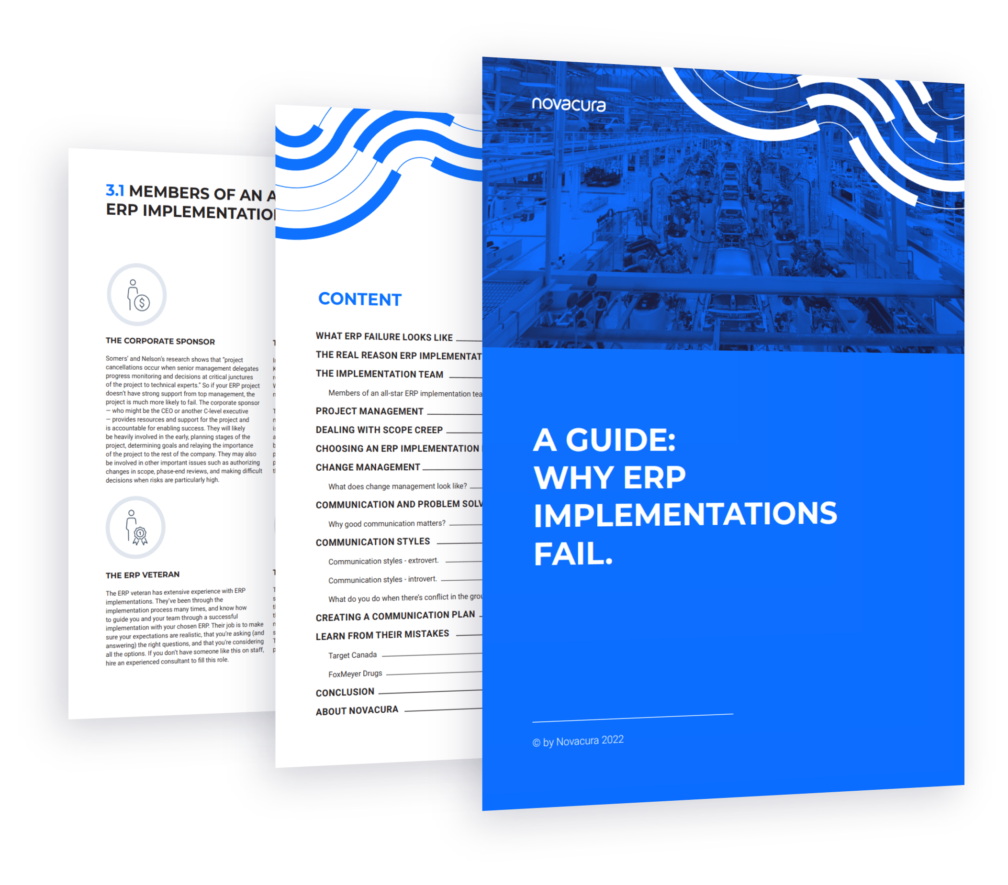
6. Vendor Stability
The long-term viability of your ERP vendor directly impacts your investment security and future system evolution. A stable vendor ensures continued product development, support, and innovation.
Assess vendor stability through:
Product Viability:
- How long has the ERP solution been in the market?
- What does the product roadmap indicate for future development?
- How much does the vendor invest in research and development?
Market Position:
- What is the size of the vendor’s customer base?
- How does the vendor rank in industry analyst reports?
- What is the vendor’s financial stability and growth trajectory?
Selecting an ERP system from a stable, well-established vendor reduces the risk of product discontinuation and ensures ongoing support for your investment.
7. Risk
Every ERP implementation involves inherent risks, but proper planning and vendor selection can significantly mitigate potential issues. Understanding and addressing these risks upfront is crucial for project success.
Common ERP implementation risks include:
- Scope creep: Uncontrolled expansion of project requirements
- Budget overruns: Costs exceeding initial estimates
- Timeline delays: Extended implementation schedules
- User resistance: Poor adoption of the new system
- Data migration issues: Problems transferring existing data
- Integration failures: Difficulties connecting with other systems
Risk mitigation strategies:
- Thoroughly document business processes and requirements
- Plan comprehensive change management and training programs
- Establish clear project governance and communication protocols
- Conduct thorough testing before go-live
- Maintain realistic timelines and budgets with contingency planning
Working with experienced implementation partners and following proven methodologies significantly reduces these risks.
8. Scalability
Your ERP system should support not just your current needs but also your future growth and evolution. Scalability ensures your technology investment continues to deliver value as your organization expands.
Scalability considerations include:
Growth Capacity:
- Can the system handle increased transaction volumes?
- How easily can you add new users and locations?
- What are the licensing implications of business expansion?
Functional Expansion:
- Can you add new modules and capabilities over time?
- How does the system support new business lines or markets?
- What customization options are available for evolving needs?
Technology Evolution:
- How does the vendor handle system updates and new features?
- What is the upgrade path for future versions?
- How well does the system integrate with emerging technologies?
Choose an ERP system that can grow with your organization and adapt to changing business requirements without requiring a complete system replacement.
9. References
Speaking with existing customers provides invaluable insights into the real-world performance of both the ERP software and implementation partner. References offer honest perspectives on system capabilities, implementation experiences, and ongoing support quality.
When requesting references, ask for:
- Companies in your industry with similar business models
- Organizations of comparable size and complexity
- Recent implementations using current software versions
- Clients who have been live for at least one year
Key questions for references:
- How well did the system meet your original requirements?
- What challenges did you encounter during implementation?
- How responsive is ongoing vendor support?
- Would you choose the same ERP system again?
- What advice would you give to organizations considering this solution?
Quality references demonstrate the vendor’s confidence in their solution and provide realistic expectations for your own implementation experience.
10. Ongoing Support
Post-implementation support is crucial for maximizing your ERP investment and ensuring long-term success. The quality of ongoing support can significantly impact system performance, user satisfaction, and return on investment.
ERP Selection Comparison Table
| Selection Criteria | Key Questions | Risk Level | Impact on Success |
|---|---|---|---|
| Business Fit | Does the system match our processes? | High | Critical |
| Total Cost | What is the complete TCO? | Medium | High |
| Industry Experience | Does the vendor understand our sector? | Medium | High |
| Technology & Integrations | Will it work with our existing systems? | High | Critical |
| Implementation Planning | Do we have the right partner and approach? | High | Critical |
| Vendor Stability | Is this a reliable long-term partner? | Medium | Medium |
| Risk Management | How do we mitigate implementation risks? | High | High |
| Scalability | Will it grow with our business? | Medium | High |
| References | What do current customers say? | Low | Medium |
| Ongoing Support | What happens after go-live? | Medium | High |
Choose the Right ERP: Flexibility & Modular Enhancements
Modern businesses require ERP systems that can adapt quickly to changing requirements and market conditions. The most successful ERP implementations combine robust core functionality with the flexibility to customize and extend capabilities as needed.
Key flexibility factors:
- Modular architecture that allows you to implement functionality in phases
- Low-code/no-code customization options for business users
- Open APIs for seamless integration with specialized applications
- Workflow automation capabilities that can be modified without programming
- Role-based dashboards that can be tailored to different user needs
Novacura Flow is a low-code platform designed to extend any ERP with custom modules and workflows. Its visual designer lets you rapidly build, adapt, and integrate new features—so your system evolves alongside your business.
The ERP software selection process requires careful consideration of multiple factors, but following these criteria will help ensure you choose the right system for your organization’s current needs and future growth. Take time to thoroughly evaluate each aspect, involve key stakeholders in the decision-making process, and select implementation partners with proven expertise in your industry.
ERP Selection FAQs
How to choose an ERP system?
Choosing an ERP system requires a systematic approach that begins with clearly defining your business requirements and objectives. Start by assembling a cross-functional team to document current processes and identify pain points. Research potential vendors that serve your industry and business size. Then conduct thorough evaluations. The key is to balance functionality, cost, and implementation complexity.
What are the criteria for selecting ERP?
The primary ERP selection criteria include business fit, implementation complexity, scalability, and ongoing support quality. Technical factors such as integration capabilities, user interface design, and system performance. The relative importance of each criterion depends on your organization’s specific needs, budget constraints, and strategic objectives.
What type of business would ERP be most appropriate for?
ERP systems are most appropriate for businesses that have outgrown basic accounting software and need integrated management of multiple business processes. Companies with 50+ employees, multiple locations, complex inventory management, or regulatory compliance requirements typically benefit most from ERP implementation. Manufacturing companies, distributors, professional services firms, and growing retail businesses are prime candidates. Organizations struggling with data silos, manual processes, or lack of real-time visibility across departments should strongly consider ERP software selection.
Which industries can benefit from ERP?
Virtually every industry can benefit from ERP systems, but some sectors see particularly significant advantages. Manufacturing companies enhance production planning, inventory, and quality control. Distributors improve warehouse operations and supply chain efficiency. Professional services manage projects, resources, and clients effectively. Retailers integrate e-commerce and customer data.

